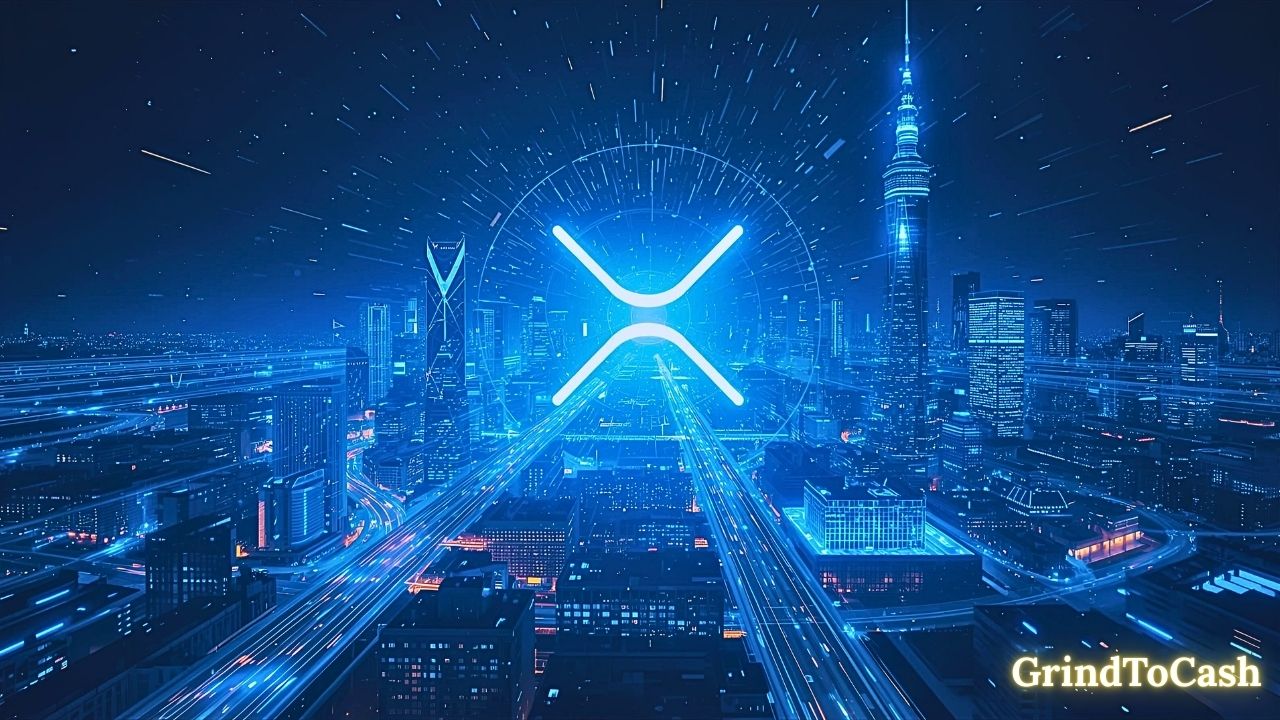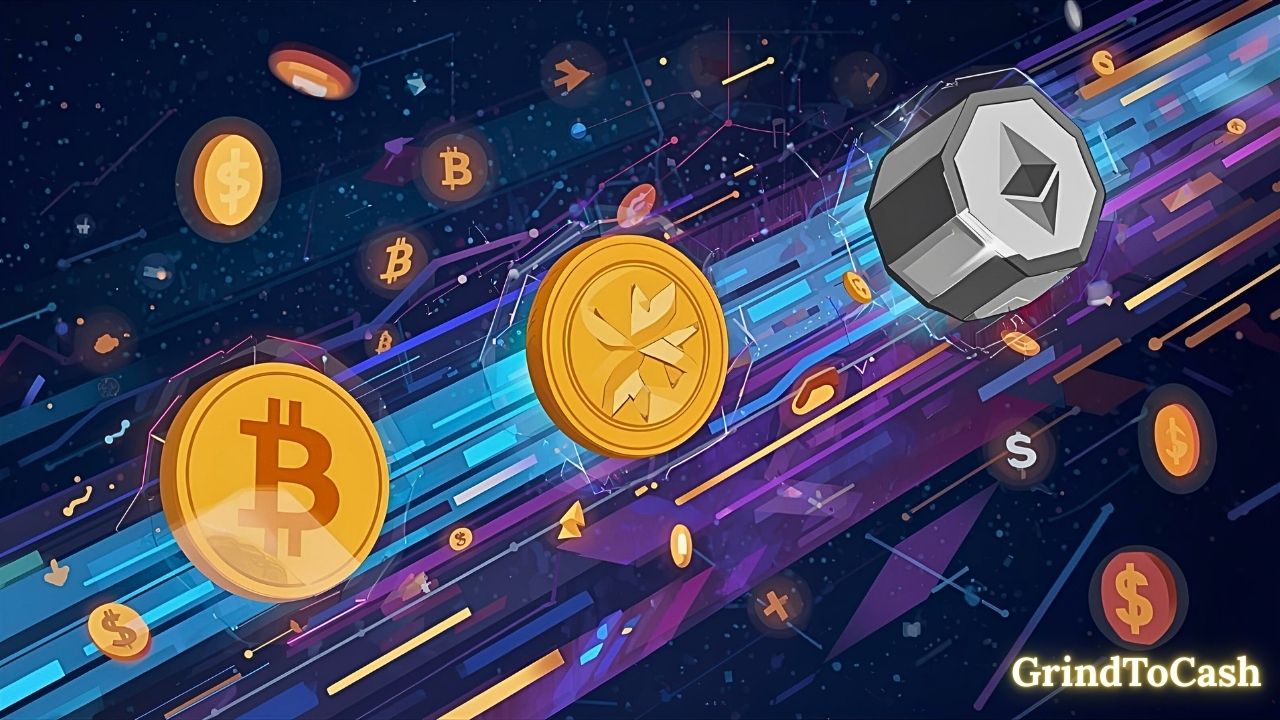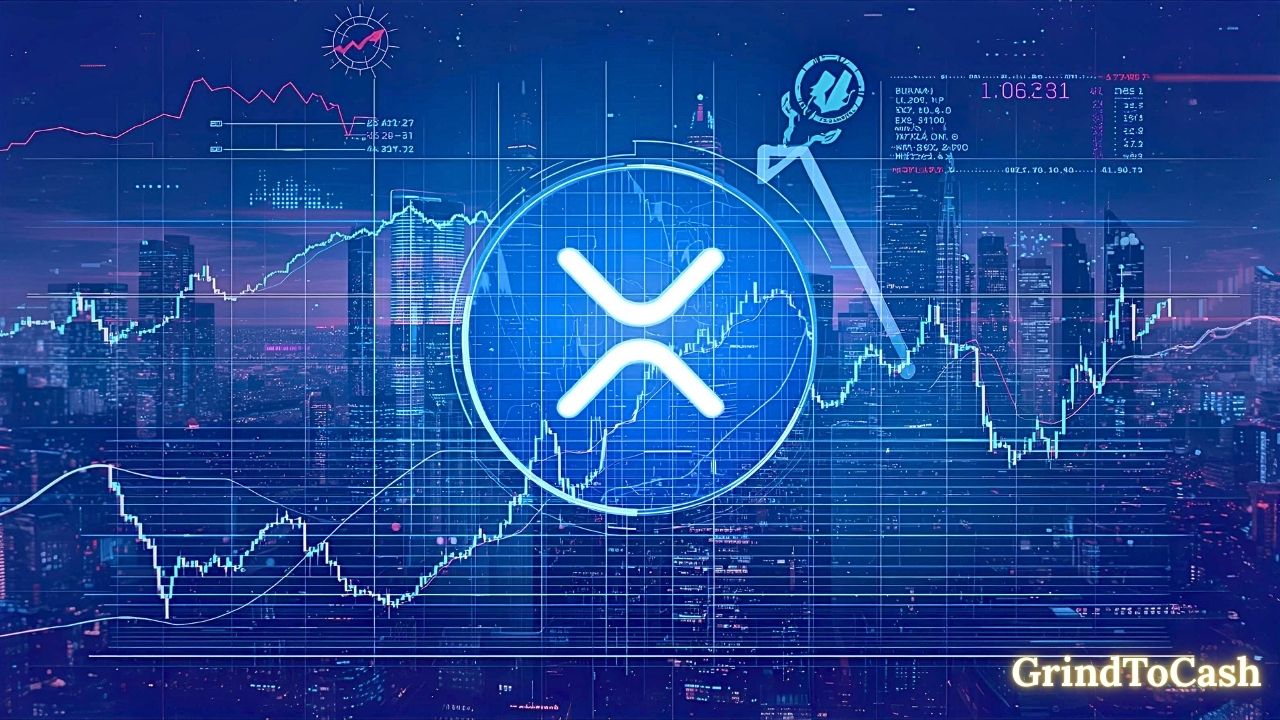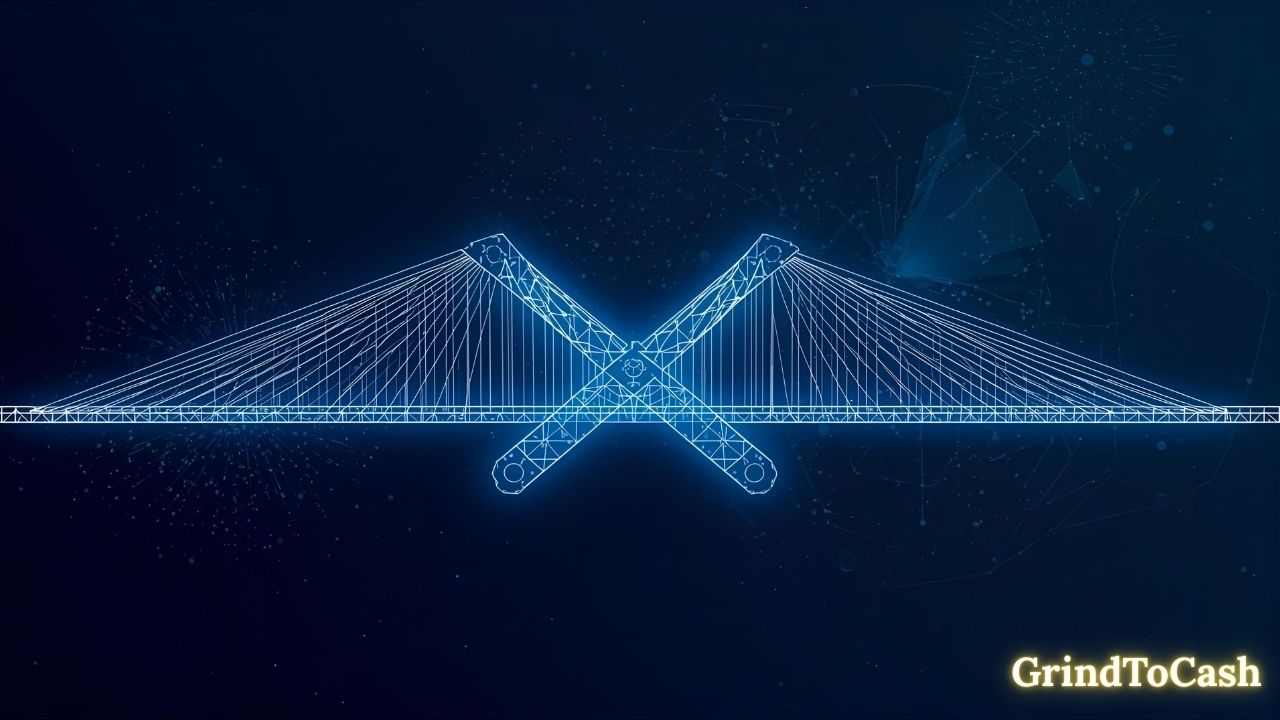Transforming Money with XRP: Ripple’s Technology and Vision
Explore XRP’s journey from Ripple Labs creation to its vision, technology, global adoption, and future potential shaping fast cross-border payments.
By Yaser | Published on September 15, 2025

The Beginning of XRP
XRP was created in 2012 by Ripple Labs with the ambition to solve real problems in global payments. Unlike Bitcoin, it was not designed as digital gold but as a currency for banks and financial institutions. The focus was on speed, efficiency, and bridging the gap between traditional finance and blockchain technology, laying the foundation for a digital asset with practical use cases in cross-border transfers.
Creation and Early Goals
XRP emerged from the idea that blockchain could transform banking. Instead of long settlement times and high fees, the developers envisioned instant and affordable transactions. Ripple’s founders wanted to build trust with institutions by offering a solution that complemented the financial system rather than replacing it, making XRP stand out in the crypto space from its earliest days.
How XRP Differs from Bitcoin
Bitcoin was born as a decentralized alternative to money, but XRP was created with a different mission. It uses consensus rather than mining, which makes it faster and more energy-efficient. This difference allowed XRP to handle transactions in seconds and at a fraction of a cent, giving it a unique place among digital assets and attracting businesses rather than just individual traders.
Early Adoption and Partnerships
From its beginning, Ripple Labs focused on building real-world partnerships. Banks and payment companies became interested in using XRP to move funds more effectively. Early pilots showed how much faster and cheaper it was compared to SWIFT, the dominant global transfer system. This early adoption gave XRP both credibility and visibility in the financial world, fueling its rise.

The Vision of XRP
The vision of XRP has always been to connect people, banks, and businesses with seamless money transfers. Ripple Labs positioned XRP as a bridge currency to make the movement of funds across borders simple, fast, and transparent. By focusing on this mission, XRP gained recognition as one of the few cryptocurrencies with a clear purpose in the financial ecosystem.
Solving Cross-Border Problems
Sending money across borders traditionally takes days and involves high costs. XRP offers a faster and cheaper alternative, settling payments within seconds. This directly challenges the outdated methods still used by banks and shows how blockchain can be a practical tool for everyday finance. The vision was not just to innovate but to replace inefficiency with real progress.
Institutional Adoption Strategy
Ripple Labs targeted institutions rather than individuals, knowing that large-scale adoption depends on banks and financial services. This strategy positioned XRP as a professional solution rather than a speculative asset. Partnerships with companies in Asia, Europe, and the Americas demonstrated the practical value of XRP, and the brand began to grow beyond the crypto community into the mainstream.
RippleNet and On-Demand Liquidity
One of the biggest steps toward Ripple’s vision was the creation of RippleNet and the On-Demand Liquidity system. These platforms allowed banks and businesses to use XRP directly in their payment systems. The idea of bridging fiat currencies with digital assets became real, proving XRP’s role in transforming how money moves worldwide while keeping transactions reliable and secure.

The Challenges and Triumphs
XRP’s journey was not without challenges, but each test shaped its reputation. The most significant was the lawsuit by the U.S. Securities and Exchange Commission, which questioned whether XRP was a security. Despite setbacks, XRP continued to evolve, gaining global traction and winning legal clarity that secured its future as a digital currency with purpose.
The SEC Lawsuit
In 2020, the SEC accused Ripple Labs of selling XRP as an unregistered security. This case had a massive impact, causing uncertainty and limiting XRP’s growth in the U.S. market. However, it also brought worldwide attention to the debate around digital assets and regulations, making XRP central to discussions about the future of cryptocurrency law.
The Legal Victory in 2023
After years of uncertainty, Ripple achieved a major legal win in 2023 when a judge ruled that XRP was not a security when traded on exchanges. This decision was celebrated across the crypto world as a victory not only for Ripple but also for the entire digital asset industry. It allowed XRP to rebuild its reputation and regain confidence among investors.
Resilience in the Market
Despite price drops and regulatory pressure, XRP proved its resilience. Many projects lose momentum when facing legal battles, but Ripple continued to build partnerships and expand internationally. This ability to adapt and stay relevant highlighted XRP’s strength as more than just a coin—it is a technology with long-term value that continues to inspire trust.

The Future of XRP
Looking forward, XRP is preparing to play an even larger role in global finance. With growing adoption and regulatory clarity, Ripple is focusing on expanding its services to governments, banks, and fintech companies. The integration of XRP into central bank digital currency initiatives shows how it could become a backbone for the next generation of money.
Expansion into Global Markets
Ripple is targeting regions such as Asia, the Middle East, and Latin America, where remittances are vital. These markets provide opportunities for XRP to prove its effectiveness in real-world scenarios. By offering cheaper and faster payments, XRP could become the go-to solution for millions of people and businesses around the world.
The Role in CBDCs
Central banks are exploring digital currencies, and Ripple has been positioning itself as a key player in this movement. By providing technology that integrates with national currencies, XRP could become part of the infrastructure for central bank digital currencies. This would give XRP legitimacy at a global level and ensure its relevance in the future of money.
Long-Term Vision
The long-term vision of XRP is to be the universal bridge for value transfer. It is not just about cryptocurrency trading but about building a network where money flows as easily as information. With the right partnerships and innovations, XRP could achieve what few digital assets have managed: becoming a permanent part of the global financial system.

Technology Behind XRP
The strength of XRP lies in its technology, built around the XRP Ledger. This system allows instant settlement without the need for traditional intermediaries. Using a unique consensus mechanism instead of mining, the XRP Ledger ensures both efficiency and sustainability. With low fees and high transaction speed, it is designed to handle global-scale payments and provide reliable infrastructure for financial institutions.
The XRP Ledger
The XRP Ledger is a decentralized blockchain that powers XRP transactions. It can process thousands of transactions per second, making it far more efficient than older networks. Its reliability and open-source nature allow developers and businesses to build on it, ensuring that XRP remains a practical tool for innovation in financial technology.
Consensus Mechanism
Instead of relying on energy-heavy mining, XRP uses a consensus protocol. Validators agree on the state of the ledger every few seconds, making transactions fast and eco-friendly. This method allows scalability while maintaining decentralization, proving that blockchain can be both powerful and sustainable in the long run.
Speed and Scalability
XRP transactions settle in three to five seconds, far faster than most cryptocurrencies. Its scalability allows it to process more than 1,500 transactions per second, positioning it as a serious alternative for banks and businesses that require efficiency. These qualities make XRP one of the most advanced digital assets available today.

XRP vs. Competitors
In the crypto world, competition is intense, and XRP has always been compared to major players like Bitcoin and Ethereum. Unlike Bitcoin’s store-of-value focus and Ethereum’s smart contract ecosystem, XRP is specialized in payments. By targeting a different niche, XRP avoids direct competition and offers unique value in areas where others fall short.
Comparison with Bitcoin
Bitcoin is often described as digital gold, with limited scalability and slower transactions. XRP, on the other hand, is designed for speed and efficiency. This distinction makes XRP more suitable for payments, while Bitcoin remains a strong store of value. Together, they represent two very different approaches to digital currency.
Comparison with Ethereum
Ethereum dominates decentralized applications, but its network can face congestion and high gas fees. XRP does not compete in the smart contract space but excels in payment solutions. While Ethereum builds ecosystems, XRP focuses on financial efficiency, showing how different cryptocurrencies can serve complementary roles in the digital economy.
Comparison with Stablecoins
Stablecoins such as USDT or USDC provide price stability but depend on centralized issuers. XRP is independent of such structures, offering both speed and trustless settlement. Its market position sits between volatile assets like Bitcoin and centralized tokens like stablecoins, giving it flexibility and resilience in changing markets.

Community and Ecosystem
XRP’s growth has been fueled not only by institutions but also by a global community of supporters, developers, and businesses. From online discussions to real-world use cases, the XRP ecosystem reflects the strength of collective adoption. This community plays a major role in expanding awareness and building applications around the XRP Ledger.
The XRP Holders
Millions of people worldwide hold XRP as an investment or tool for payments. The loyalty of this base has carried XRP through both highs and lows, proving the resilience of its community. Their support drives adoption and keeps XRP active as one of the most widely recognized digital assets in circulation.
Developers and Innovation
Beyond investment, developers are key to XRP’s ecosystem. They build wallets, payment solutions, and integration tools using the XRP Ledger. This innovation ensures that the technology keeps evolving, offering new features and maintaining relevance in the rapidly changing digital finance landscape.
Real-World Projects
From remittance companies to startups, many real-world projects have chosen XRP for practical use. These projects showcase how XRP is not only a tradable asset but also a functional solution. By connecting finance, technology, and communities, XRP continues to move closer to mainstream adoption.

Investment Perspective
XRP is not only a tool for payments but also a subject of investment. Its market history is full of sharp rises and corrections, reflecting both excitement and uncertainty. Understanding XRP as an investment requires balancing its potential with the risks of a volatile and evolving crypto environment.
Price History
XRP has experienced dramatic price movements since its launch. From a few cents to several dollars during bull markets, its performance has attracted traders and investors worldwide. This history highlights both its potential for growth and the volatility that investors must be prepared to handle.
Risks and Uncertainties
Like any digital asset, XRP carries risks. Legal battles, competition, and regulatory changes can impact its price and adoption. Investors must consider these factors before committing, as the crypto market remains unpredictable and highly sensitive to global events.
Long-Term Opportunities
Despite risks, XRP’s position as a bridge currency gives it long-term potential. If adoption continues and regulations bring clarity, XRP could become a cornerstone in the global financial system. For investors with patience and vision, it represents a chance to be part of a digital future in progress.

Conclusion
XRP has proven itself as one of the most influential digital assets, bridging traditional finance with blockchain innovation. From its origins and unique technology to its battles and victories, XRP continues to stand as a symbol of resilience. Its vision for global payments, expanding partnerships, and role in shaping the future of money make it more than just another cryptocurrency. For readers at GrindToCash, XRP represents both an investment opportunity and a lesson in how real-world utility drives long-term value.
The Role of Innovation
Innovation has always been central to XRP’s story. By focusing on speed, efficiency, and institutional adoption, XRP shows how blockchain can solve problems that affect millions. This focus ensures that XRP stays relevant even as the crypto space grows more competitive.
Global Recognition
Through legal victories, adoption by banks, and recognition in international markets, XRP has earned a place among the top cryptocurrencies. Its journey demonstrates how persistence and clarity of vision can transform challenges into stepping stones for growth.
Future Outlook
The future of XRP looks promising, with expanding opportunities in global markets and potential involvement in central bank digital currencies. For those exploring ways to benefit from the digital economy, XRP remains a prime example of technology driving financial evolution.









